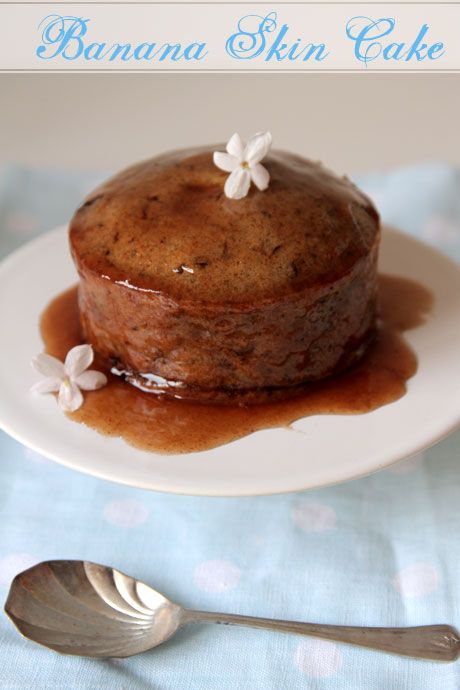This method takes 15 minutes, tops. Have the rest of your meal ready, the candles lit, and the wine poured before you start cooking. (Although you should probably heat the broiler at least 20 minutes before you need to cook.) It turns out a beautifully juicy, medium-rare steak, with crisped and crunchy edges, and so much flavor! This is probably our favorite way to cook a steak, honestly; it is even easier than grilling.
How To Cook Perfect Steak in the Oven
• This method is adapted slightly from Alton Brown's Pan-Seared Rib Eye recipe.
• Yield: One pound of steak is plenty to feed two people. In fact, I've served four people on just one pound of boneless rib eye. One pound of bone-in ribeye is enough for a feast for two, with a little left over for lunch the next day.
What You Need
Ingredients
One approximately 1-pound ribeye steak, 1 to 1 1/2 inches thick
Canola or vegetable oil
Kosher salt
Freshly ground black pepper
Equipment
Cast iron skillet
Long tongs
Very thick or well-padded oven mitt
Instructions
1. The first, and most important, step in cooking a great steak is to buy a great steak. The best way to do this is to go to a local butcher, preferably one who either raises the animals himself or sources them from a local farm. The beef should be at least partially grass-fed and humanely butchered. Look for steaks that have been dry-aged to intensify the flavor, too. I buy my steak from a butcher at my local market; they raise the animals on a farm nearby and dry age the beef for at least a couple weeks. (I love Bluescreek Farm Meats, my local butcher! There is always a difference in taste when buying from good folks like them.)
2. Buy a rib eye steak. It should be at least 1-inch thick and have some fat marbling around the edges. Again, buy the best you can. No matter how expensive it is, it will still be cheaper than eating out on Valentine's Day! Expect to pay at least $10 to $15 for a pound of steak. If it is less than that, pass it up. I live in the Midwest, so prices aren't too bad here. If you're in the city, you should probably expect to pay at least $20 per pound. 1 pound of steak will easily feed two, and can be stretched to three or even four people.
3. Now that you have your rib eye steak, open the package and drain out any juices. Blot the steak dry with paper towels or a rag. Let the steak come to room temperature, if it isn't already.
4. Turn on your oven's broiler and place an oven rack 6 to 8 inches below the broiler element. Put a cast iron skillet on the rack to heat up with the oven.
6. Pour a little canola or vegetable oil (about 2 tablespoons) into a small bowl.
7. Put about 1 tablespoon of kosher salt into a ramekin and mix in a generous amount of freshly ground black pepper.
8. Brush the oil all over the steak, coating it generously on both sides and on the ends.
9. Now sprinkle the salt and pepper mix generously on both sides of the steak, patting it into the steak so it sticks.
10. Turn on a stove burner to high heat.
11. Very, very carefully remove the hot cast iron skillet from the oven, using your thickest and most reliable oven mitt or pad! Place it over the high heat and use long, sturdy kitchen tongs to place the steak on the hot pan. It should sizzle immediately.
12. Cook the steak for 30 seconds, then flip it over.
13. Cook the steak for an additional 30 seconds on the other side. Then, again carefully, put the skillet and steak back in the oven. Cook the steak for 2 minutes. (Don't forget to turn off the burner) Open the oven and carefully flip the steak, using the long tongs. Return to the oven and cook for an additional 2 minutes. At this point your steak will be medium-rare (as seen in the photos). If you prefer your steak closer to medium, add 2 minutes to the oven time.
14. Take the steak out of the oven. Turn off the oven. Remove the steak from the pan and put it on a large cutting board. Cover it with aluminum foil and let the steak rest for about 5 minutes.
15. Slice the steak against the grain and fan slices out on each plate. Serve immediately.
Additional Notes:
• If you wish, you can also make a pan sauce with the drippings from the steak. To do this, put the skillet over medium heat while the steak is resting. Add about 1/2 cup of beef or chicken broth, and about 1/2 cup of red wine. Bring to a boil, lower the heat, and simmer until it is reduced by at least half. Scrape up any small bits of meat still clinging to the skillet. Pour the reduced sauce over the sliced steak on each plate before serving.
















































